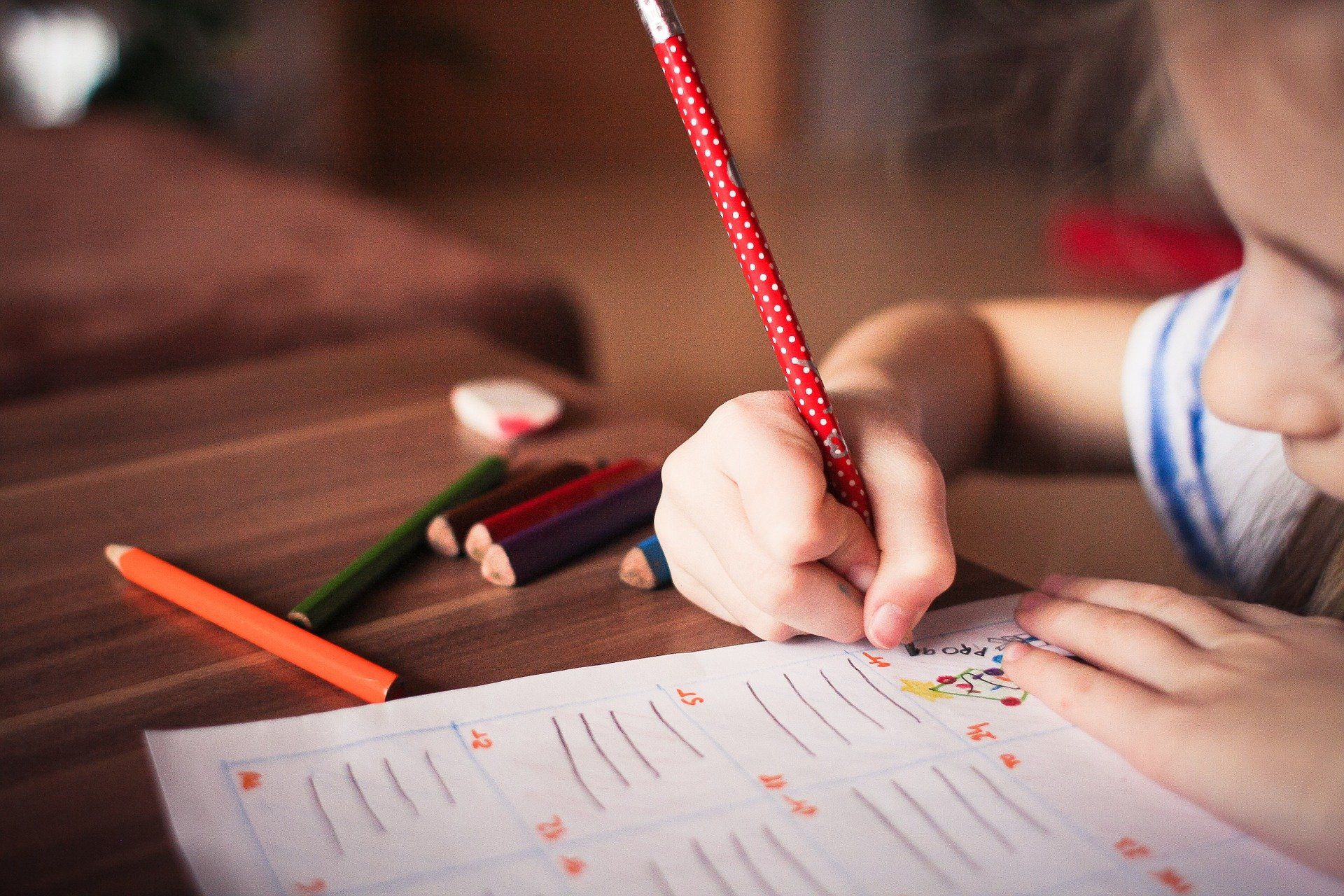Vision and Learning
Vision is a fundamental factor in the learning process and vision problems can, and often do, interfere with learning. However, because these difficulties may be quite subtle, they may remain undetected or be wrongly diagnosed as learning or behavioural difficulties.
However, because these difficulties may be quite subtle, they may remain undetected or be wrongly diagnosed as learning or behavioural difficulties.
Janna thinks it’s normal for words to be blurry on the page and she has developed many avoidance techniques in relation to reading. She has a reputation for poor behaviour and reading is hard work. She can’t understand why she can’t read as well as her friends.
Tom has a habit of constantly blinking and uses his finger to keep his place when reading. He struggles to complete reading tasks on time and skips words or lines of text when reading out loud. His slow reading pace means he has difficulty in recalling the content of the text.
Both children have had their eyesight checked by an optician, and their parents have been told that there is nothing wrong with their sight. Children with vision problems often fail to complain about blurred or double vision, headaches or eye-strain because they do not recognise these symptoms as problems as this is the way their eyes have always been. They do not realise that other children may actually see things differently.
Vision is far more complex than just being able to see clearly when looking at an object such as an eye chart.Vision is far more complex than just being able to see clearly when looking at an object such as an eye chart.
So what is going on?
Vision is far more complex than just being able to see clearly when looking at an object such as an eye chart.
It involves looking at multiple stimuli that are constantly changing in time and space, and then being able to interpret the meaning and importance of those stimuli.
Many children score 20/20 eyesight on the basic eye chart, but still have poor visual skills which interfere with their ability to read, copy work and to write clearly. In fact, the quality of a child’s vision and visual perception affects all aspects of their physical, intellectual, emotional and social growth.
Parents and teachers may think there is no problem, based on a visit to the optician, and not be aware of the possibility of underlying visual causes which can be wrongly diagnosed as dyslexia, low ability, or behavioural problems.’
Some Signs of Visual Difficulties
- Regular headaches
- Eye rubbing, squinting
- Tilting the head or covering one eye during reading
- Moving the head to follow a line of print, instead of moving the eyes independently of the head.
- Difficulties copying from a board
- Classroom/ Home Strategies
Encourage children to read or do other close visual work at an eye-to-activity distance that is approximately equal to the distance between the elbow and the middle knuckles. If you lean on your elbow and bring your knuckles to your eyes, this is an easy way to judge the distance.
Using a book rest for reading can place less stress on the eyes than reading a book that is flat on the desk because all the lines of print are at an equal distance from the eyes.
Television should be viewed from a distance of eight to ten feet from the screen.
Some children will benefit from using reading rulers and these come in arrange of colours.
About the Author
Mary Mountstephen is a learning and assessment specialist, providing training internationally for schools and 1:1 assessments for children. Contact Mary at: https://www.marymountstephen.com





